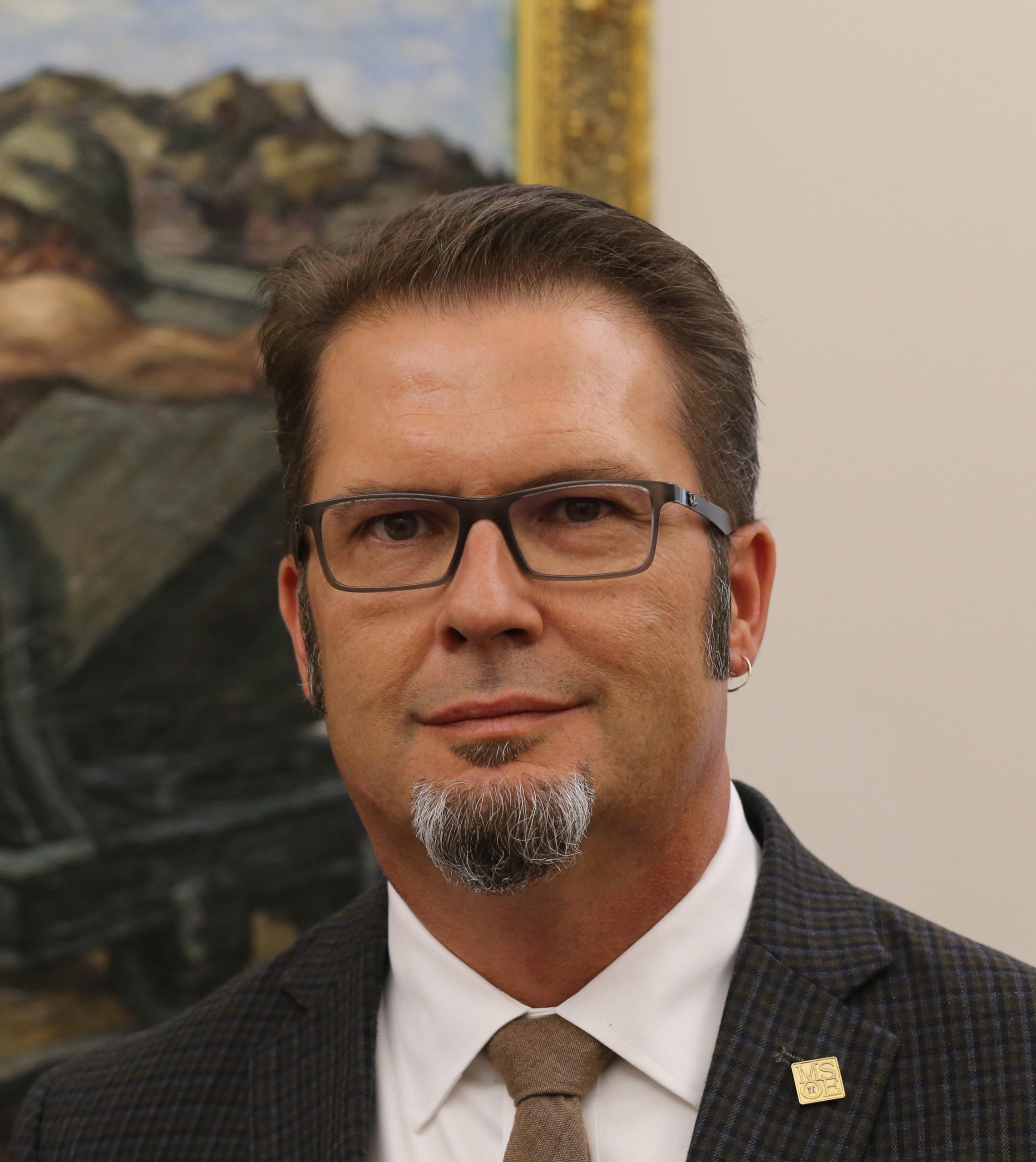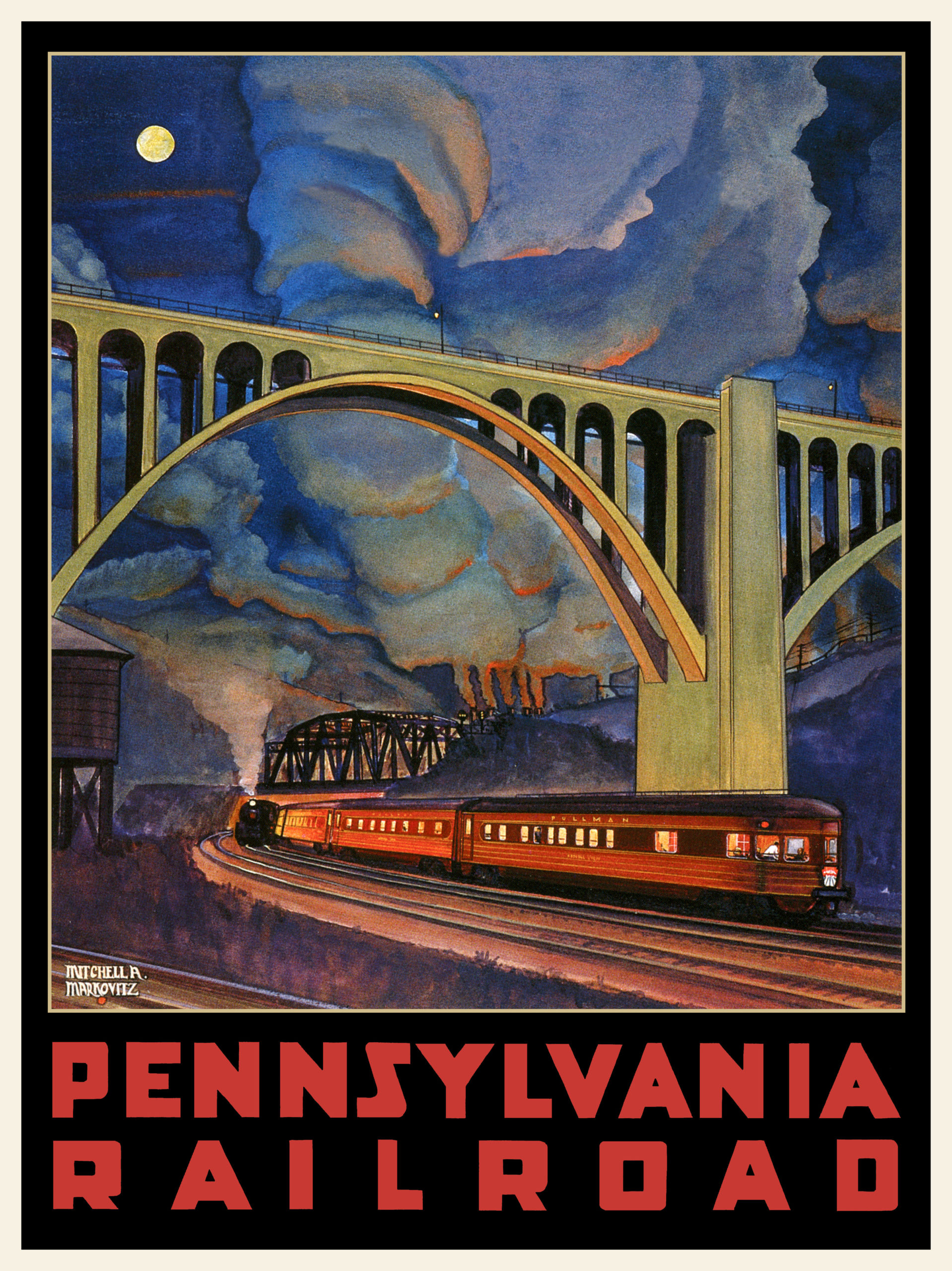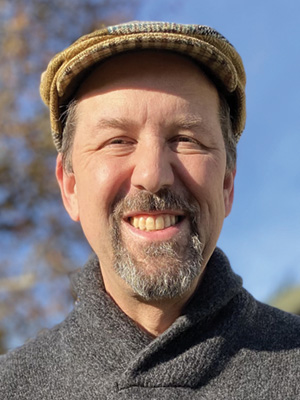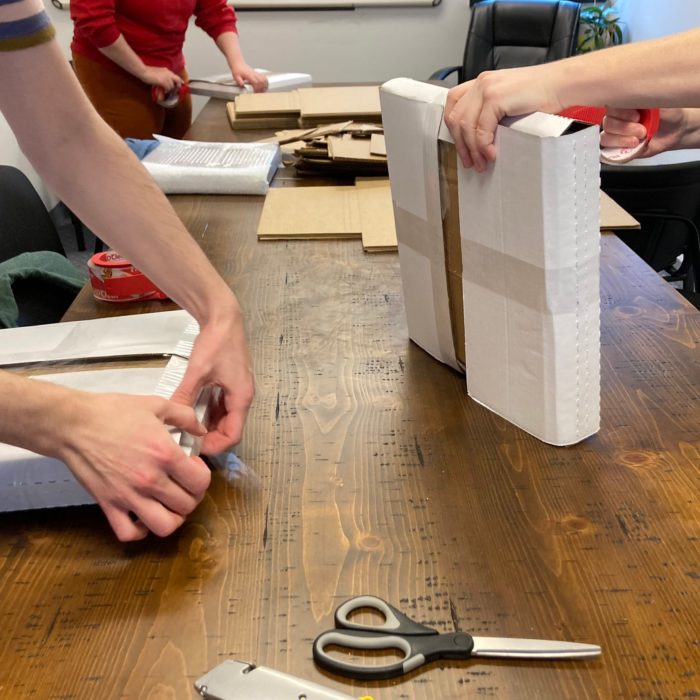The Center for Railroad Photography & Art is excited to announce that Elrond Lawrence will be joining the staff in the newly expanded role of Acquisitions & Marketing Coordinator. Lawrence, a well-known name in railroad photography, will bring more than 30 years of public relations, marketing, and communications experience to support the rapidly growing Center, in addition to nearly 40 years of experience with and connection to the rail photography community.
The expanded position will begin in early February, and Lawrence will divide his time between two roles: working with collection donors to ensure the smooth transfer of their materials into the Center’s Railroad Heritage Visual Archive; and establishing a marketing communications program to promote the Center’s programs to the rail photography and arts community and mainstream publics.
“Our growth over the past decade has been tremendous,” said Scott Lothes, president and executive director. “Through the leadership of our board and support of our community, we have expanded every aspect of our programming and assembled a wonderful team. Elrond’s great connections within the rail community will help us provide even better service, while his expertise in marketing and communications will help us reach broader audiences than ever before. This is an exciting addition at a key moment in our history.”
“Working with Scott, the Center, and its staff is a dream come true,” said Lawrence, who began photographing trains in Southern California at age 14 with a 110 Instamatic camera and quickly moved to 35mm cameras. “This role is the culmination of a dream that dates back to 1982, when I discovered the photography of Dick Steinheimer and Ted Benson in the pages of Trains magazine, and their work literally changed my life. In a similar way, I hope to inspire others by helping the Center continue founder John Gruber’s legacy: preserving and showcasing significant photography and artwork, and introducing new audiences young and old to the images and collections of our rail community’s great artists.”
Lawrence joined the Center’s team in the part-time role of acquisitions coordinator in 2021. His marketing and communications career includes work with Kaiser Permanente, the Episcopal Church, technology marketing firms and tech clients, and railroad heritage organizations. He grew up in Fontana, California, within sight of Santa Fe Railway’s Second District main line and former U.S. Highway 66; weekend trips to the desert with his parents Chuck and Jill sealed his love for trains and the open road. Lawrence authored the book Route 66 Railway and his stories and pictures appear in Trains and Railfan & Railroad magazines, the Center’s quarterly journal Railroad Heritage, the NRHS Bulletin, and other publications.
He will continue to live along California’s central coast with wife Laura, their cats, and a 17-foot Southern Pacific searchlight signal. “El” and Laura are fond of traveling, especially road trips, and favorite destinations include the original Las Vegas in New Mexico, the Pacific Northwest, northern and southern California, New Orleans, and many places they have yet to visit.
To learn about the Center for Rail Photography & Art, its publications, programs, and collections, visit www.railphoto-art.org. Lawrence can be reached at elrond(a)railphoto-art.org.
 Railroad Workers (Adzing for Tie Plates). Leonhard Sandrock, ca. 1910. From the collection of Grohmann Museum at Milwaukee School of Engineering
Railroad Workers (Adzing for Tie Plates). Leonhard Sandrock, ca. 1910. From the collection of Grohmann Museum at Milwaukee School of Engineering James Kieselburg, director at the Grohmann Museum at Milwaukee School of Engineering
James Kieselburg, director at the Grohmann Museum at Milwaukee School of Engineering










